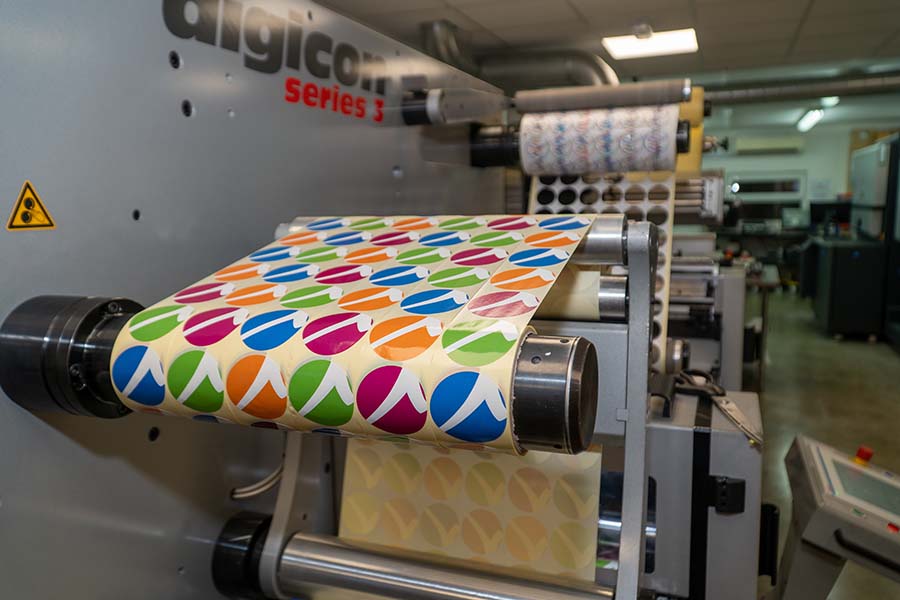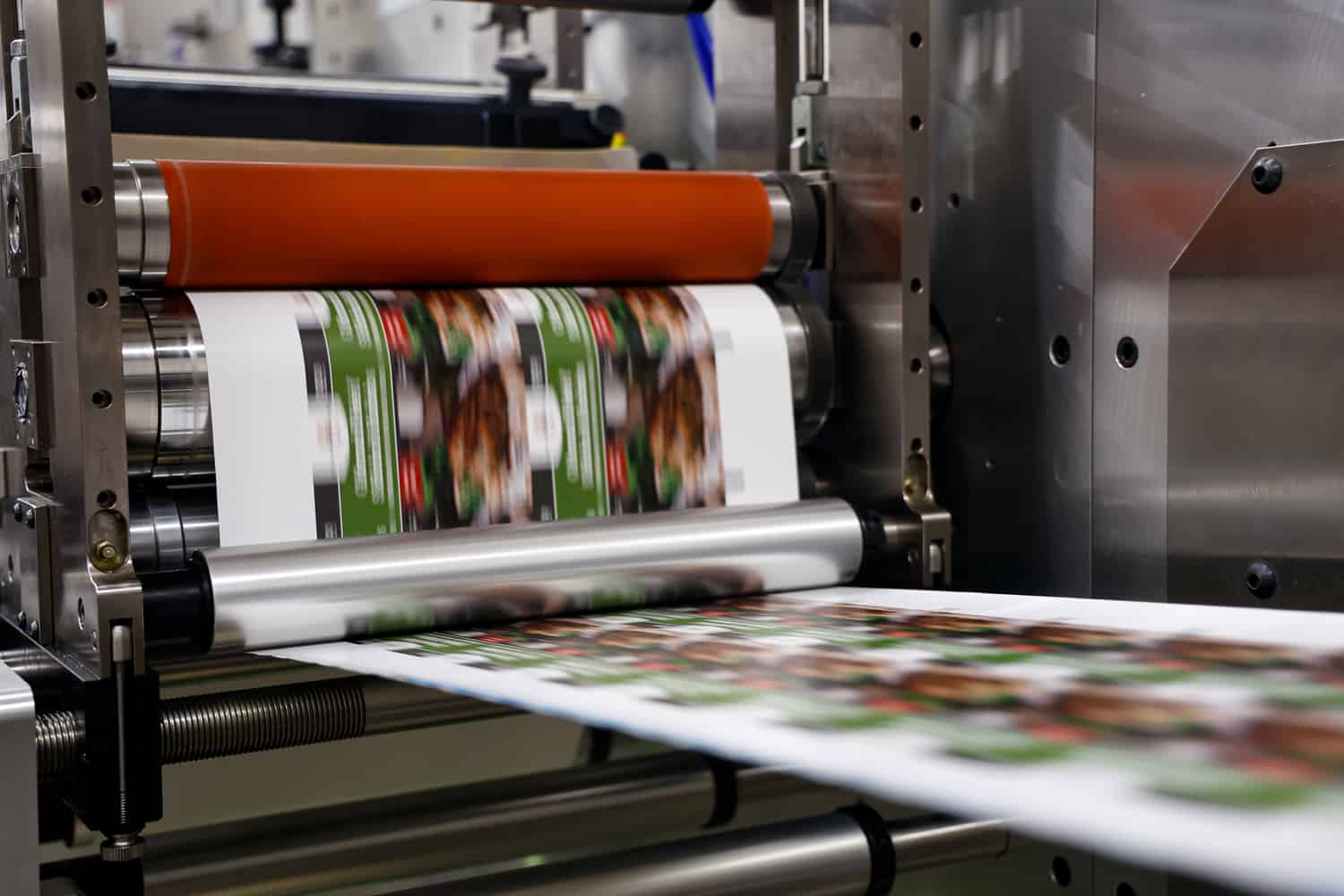In today’s rapidly evolving printing industry, the ability to understand how to print white ink is a game-changer. This technology is not only exciting but also comes with tremendous advantages for businesses looking to differentiate their offerings. Whether you own a small print shop or manage large-scale print operations, mastering this printing method can delight your clientele and boost your business.

Understanding White Ink Printing
White ink has found its niche in various applications, from approved packaging to textile printing. Heres why it’s significant:
- Provides unique aesthetics and highlights design elements.
- Enables printing on dark surfaces where regular ink might not show effectively.
The Big Advantages of White Ink
The capability of printing with white ink brings multiple advantages. It allows businesses to explore creative possibilities previously hard to achieve. Learn more about creating labels with different types of ink.
Why Print with White Ink?
Businesses are increasingly interested in white ink for these reasons:
- Enhanced visibility on dark or colored substrates.
- Opens doors to more innovative and creative design opportunities.
Process and Equipment for White Ink Printing
Understanding the equipment and technology involved in how to print white ink is crucial for anyone in the industry:
Choosing the Right Printer
When selecting a printer for white ink, consider models specifically designed with this feature. Leading models come with built-in mechanisms to support white ink application.
Ink Composition and Supply
White ink typically consists of denser pigments than regular CMYK inks. You’ll need reliable suppliers who can provide quality inks that minimize issues with clogging or inconsistencies.
Challenges You Might Face
Like any advanced technology, printing with white ink isn’t without its challenges:
- Color Management: Achieving the right balance between colors when using white ink.
- Maintenance: Frequent cleaning and careful handling required to maintain print quality.
Industry Applications of White Ink
The utilization of white ink is broad, spanning numerous sectors:
Retail and Packaging
White ink is heavily used in packaging to create appealing visuals on consumer products. Effective for drawing attention to products through unique label designs. For more insights, read about using barcodes on product packaging.
Textiles and Apparel
In the apparel industry, white ink is a favorite among designers aiming for bold spots or patterns on dark fabrics.
Signage and Displays
Printing on clear materials or windows often uses white ink to ensure images and text are visible and eye-catching. Discover more applications in our detailed article on printing clear labels.
Implementing White Ink in Your Business
To successfully implement white ink printing, consider these tips:
Training and Expertise
Invest in training your technicians to handle white ink processes proficiently.
Regular Equipment Maintenance
Consistent maintenance routines are critical to the longevity of your equipment and the quality of your prints.
Costs Involved
Addition of white ink to your services can appear cost-intensive initially but offers a great return on investment. For budget planning, see our section on custom label costs.
Future of White Ink Printing
The demand for white ink printing technology is growing, driven by the creative desires of designers and marketers alike, promising a tremendous future for all involved.

FAQ Section
Q: Can I use any printer to print white ink?
A: No, not all printers support white ink. Special printers designed for white ink application are required.
Q: Is white ink more expensive?
A: Yes, due to its dense pigment composition, white ink tends to be pricier than standard inks.
Q: How do I maintain my white ink printer?
A: Regular cleaning and servicing by trained professionals is essential to prevent clogs and maintain print quality.
As an Amazon Associate, I earn from qualifying purchases.
As an Amazon Associate, I earn from qualifying purchases.